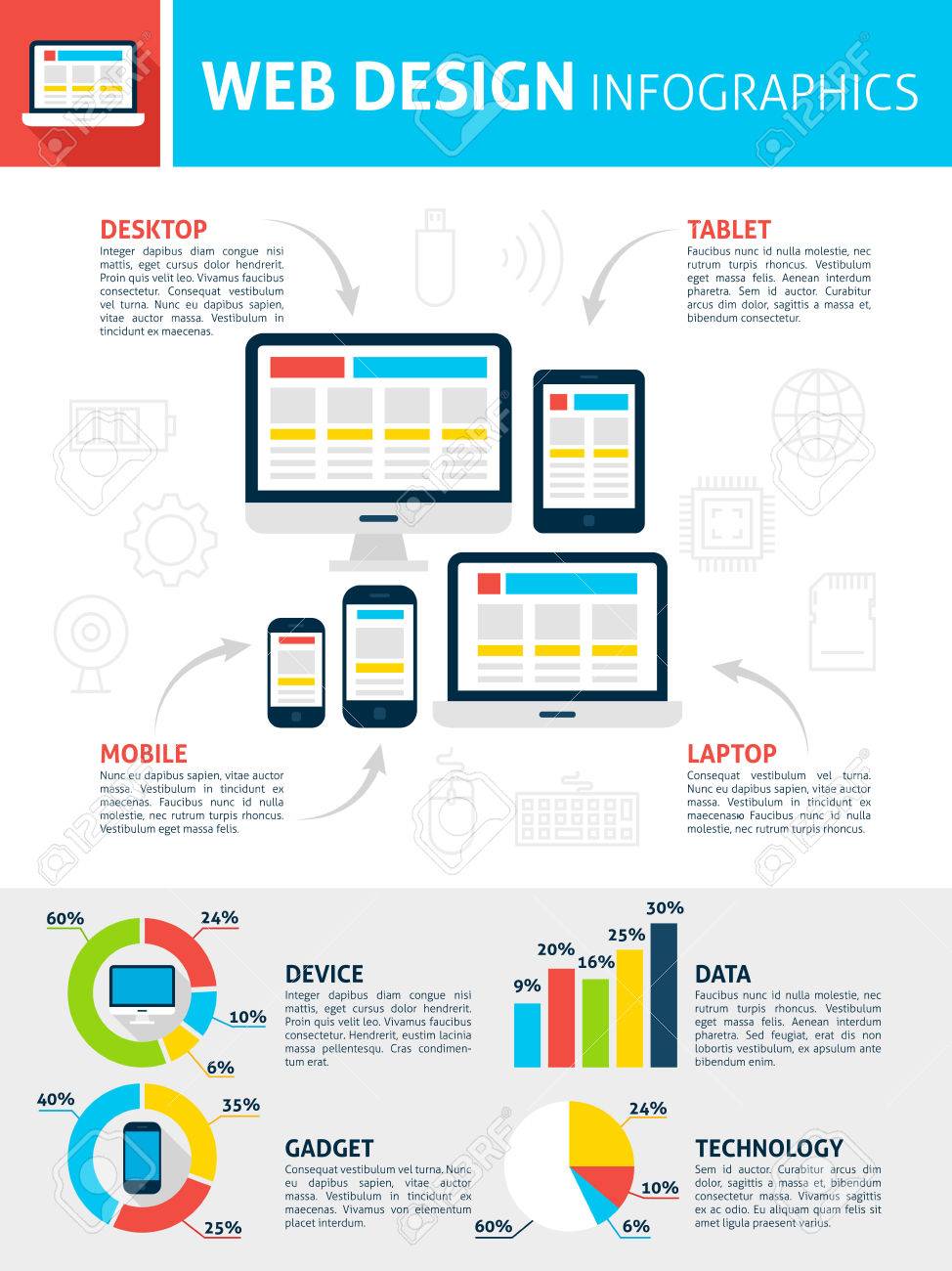Interested In Finding Out How Web Site Style Has Advanced Over The Years? Discover The Journey From Fundamental, Straightforward Designs To User-Centric Interfaces That Prioritize The Site Visitor'S Experience
Interested In Finding Out How Web Site Style Has Advanced Over The Years? Discover The Journey From Fundamental, Straightforward Designs To User-Centric Interfaces That Prioritize The Site Visitor'S Experience
Blog Article
Post Created By- seo optimization for website
In the past, sites were easy and concentrated on details. Navigation was direct, and design was for desktop computers. Now, user experience is essential. Data guides layouts for very easy navigating. Receptive formats fit various tools. Today, dark setting minimizes stress, and minimal menus improve navigation. Interactive attributes involve users, and vibrant visuals stand out. AI integration boosts involvement. See just how style has advanced to improve your online journey.
Early Days of Web Design
In the very early days of web design, simpleness reigned supreme. Sites were standard, with limited colors, font styles, and designs. The focus got on offering info rather than flashy visuals. Users accessed the web through slow-moving dial-up connections, so speed and performance were vital.
Navigation menus were straightforward, typically located on top or side of the page. Websites were developed for desktop, as mobile browsing wasn't yet prevalent. Content was king, and designers prioritized easy readability over complex style elements.
HTML was the main coding language utilized, and developers needed to work within its constraints. Computer animations and interactive attributes were very little contrasted to today's requirements. Internet sites were fixed, with little dynamic content or tailored customer experiences.
Surge of User-Focused Style
With the evolution of site design, a shift in the direction of user-focused style concepts has actually become increasingly noticeable. Today, creating sites that prioritize individual experience is vital for involving site visitors and attaining business goals. User-focused design involves recognizing the needs, choices, and habits of your target market to customize the site's design, content, and includes accordingly.
Developers now perform thorough study, such as individual studies and usability testing, to collect insights and responses straight from customers. This data-driven method helps in producing intuitive navigation, clear calls-to-action, and visually enticing interfaces that reverberate with visitors. By putting the individual at the center of the layout process, web sites can deliver an extra personalized and pleasurable experience.
Receptive layout has likewise become a key element of user-focused design, making certain that internet sites are enhanced for different devices and display dimensions. This flexibility boosts accessibility and usability, satisfying the varied methods individuals communicate with internet sites today. In https://cesarxrlex.frewwebs.com/30443548/unlock-the-tricks-of-social-network-advertising-techniques-for-success , the rise of user-focused layout signifies a change in the direction of creating digital experiences that prioritize the needs and expectations of completion customer.
Modern Trends in Website Design
Explore the latest trends shaping web design today. One famous fad is dark setting layout, offering a sleek and modern-day appearance while reducing eye stress in low-light settings. One more crucial fad is minimal navigation, simplifying food selections and boosting customer experience by focusing on essential elements. Integrating micro-interactions, such as animated buttons or scrolling impacts, can create an extra interesting and interactive internet site. Receptive style remains vital, guaranteeing seamless user experiences throughout different tools. Furthermore, making use of strong typography and unbalanced formats can include aesthetic passion and draw attention to particular material.
Integrating AI technology, like chatbots for customer support or customized suggestions, boosts user interaction and enhances procedures. Availability has likewise end up being a significant fad, with designers focusing on comprehensive layout techniques to accommodate diverse individual demands. Accepting sustainability by optimizing site performance for rate and effectiveness is one more arising trend in web design. Working together with customer feedback and information analytics to repeat and improve design continuously is necessary for staying appropriate in the ever-evolving digital landscape. By accepting these modern-day patterns, you can create a visually appealing, straightforward internet site that resonates with your target market.
Final thought
As you reflect on the evolution of internet site style from the very early days to currently, you can see how user-focused design has actually become the driving force behind modern fads.
Embrace the journey of change and adjustment in website design, always maintaining the user experience at the center.
Remain current with the latest trends and innovations, and never ever stop advancing your method to develop visually stunning and easy to use websites.
Evolve, adapt, and create - the future of web design is in your hands.
